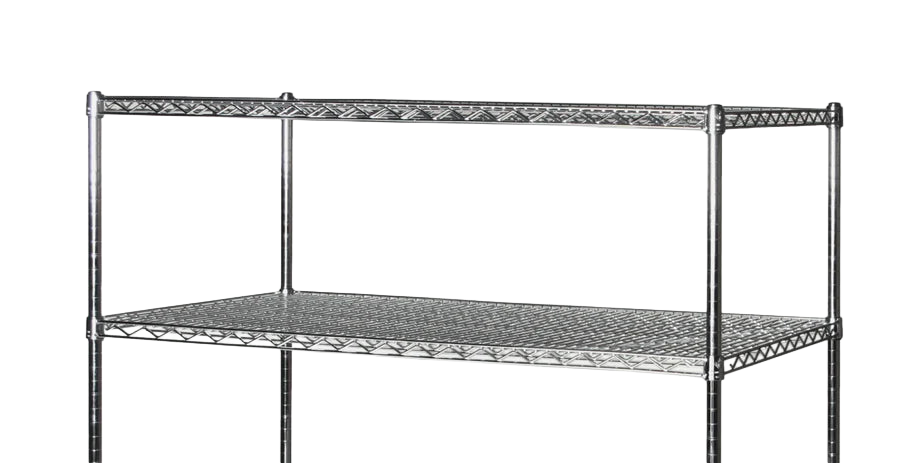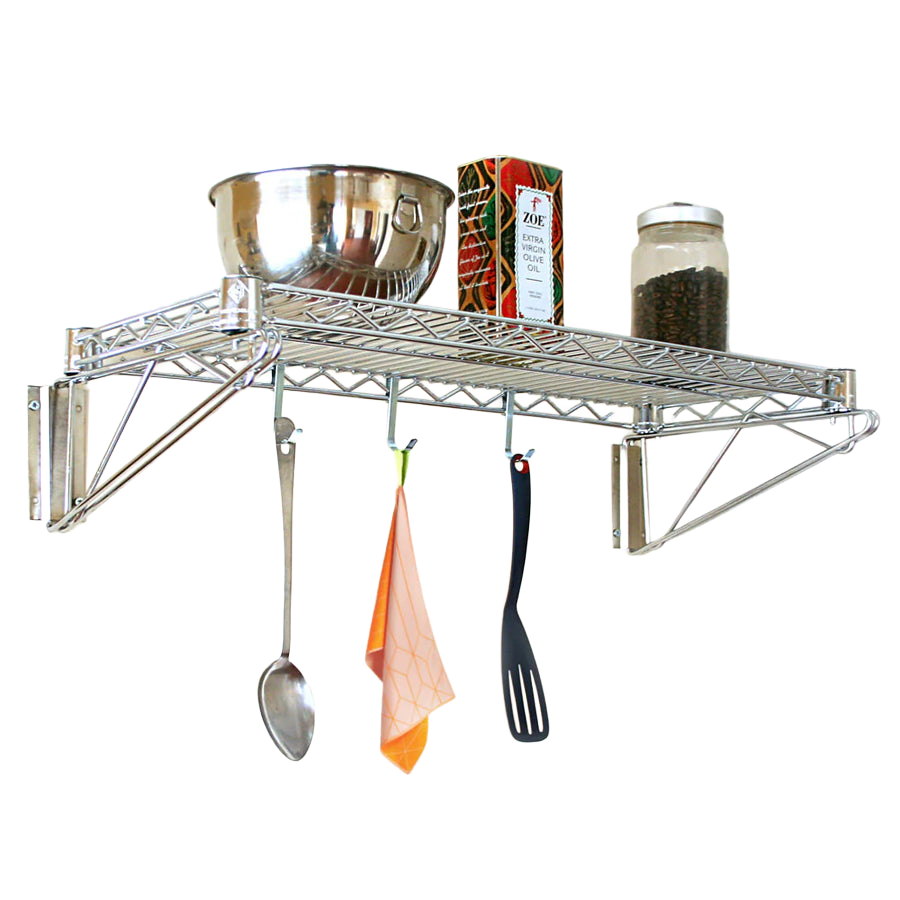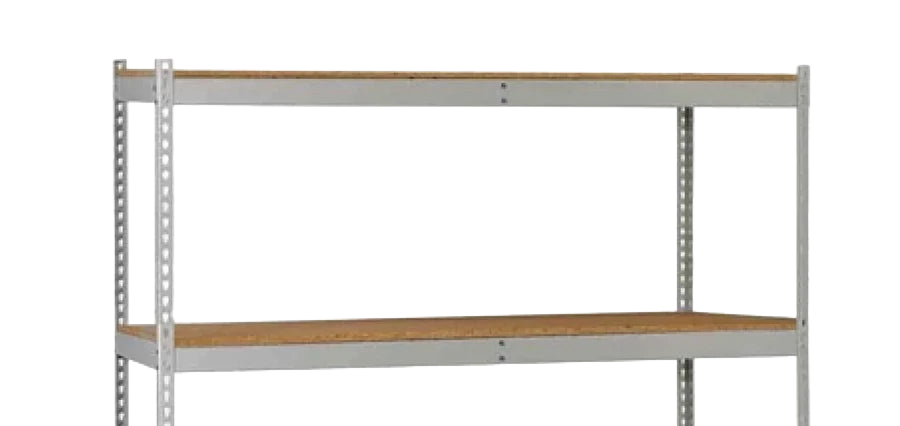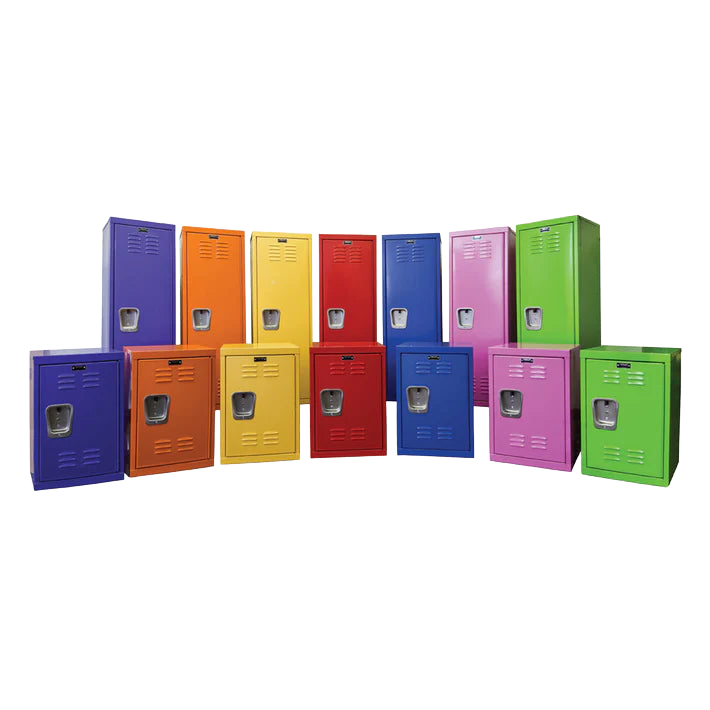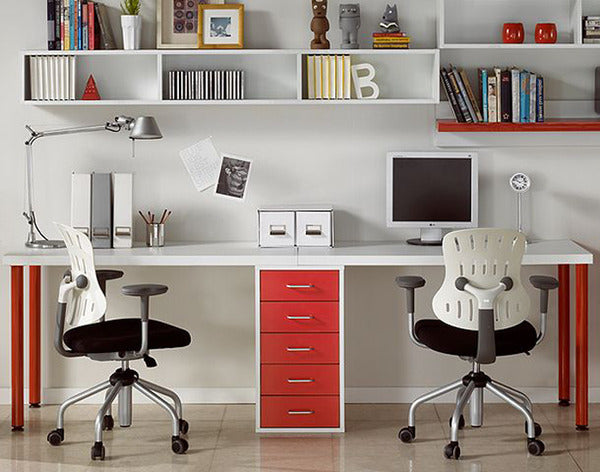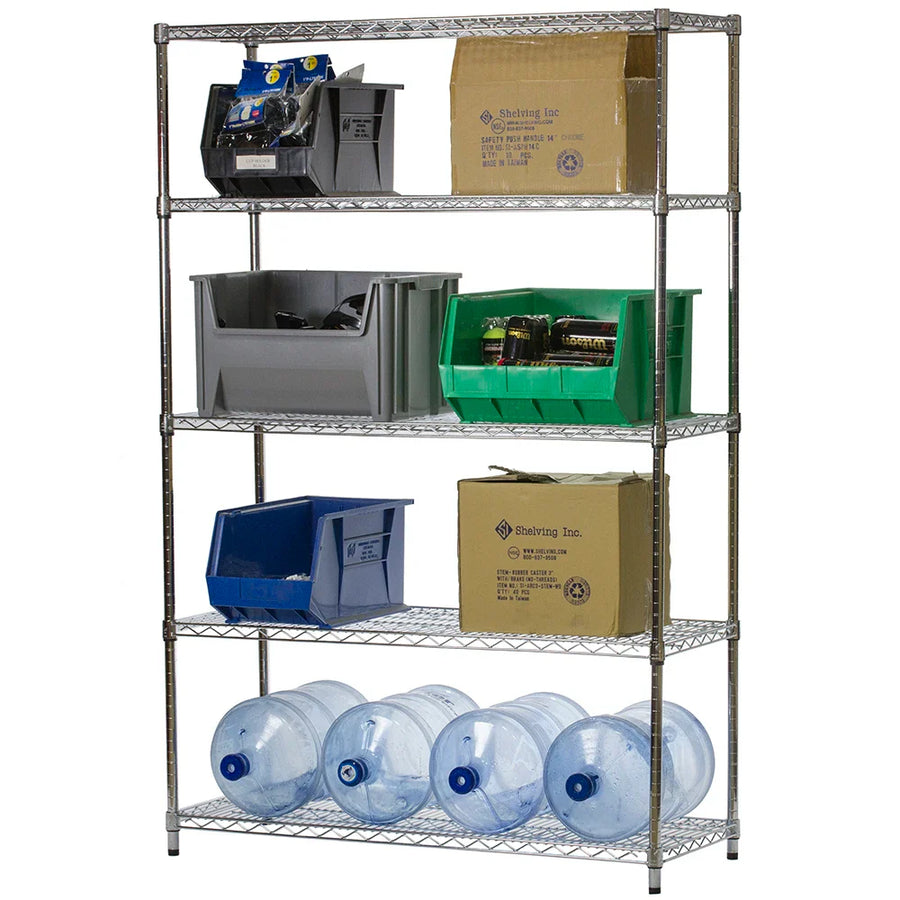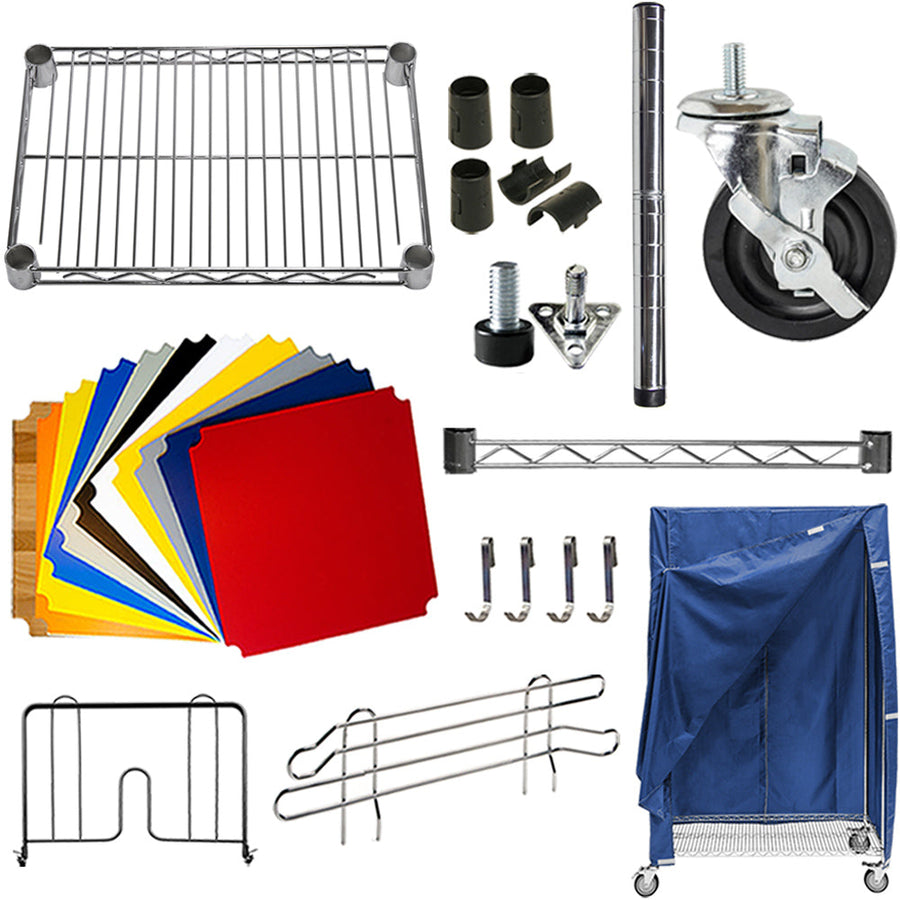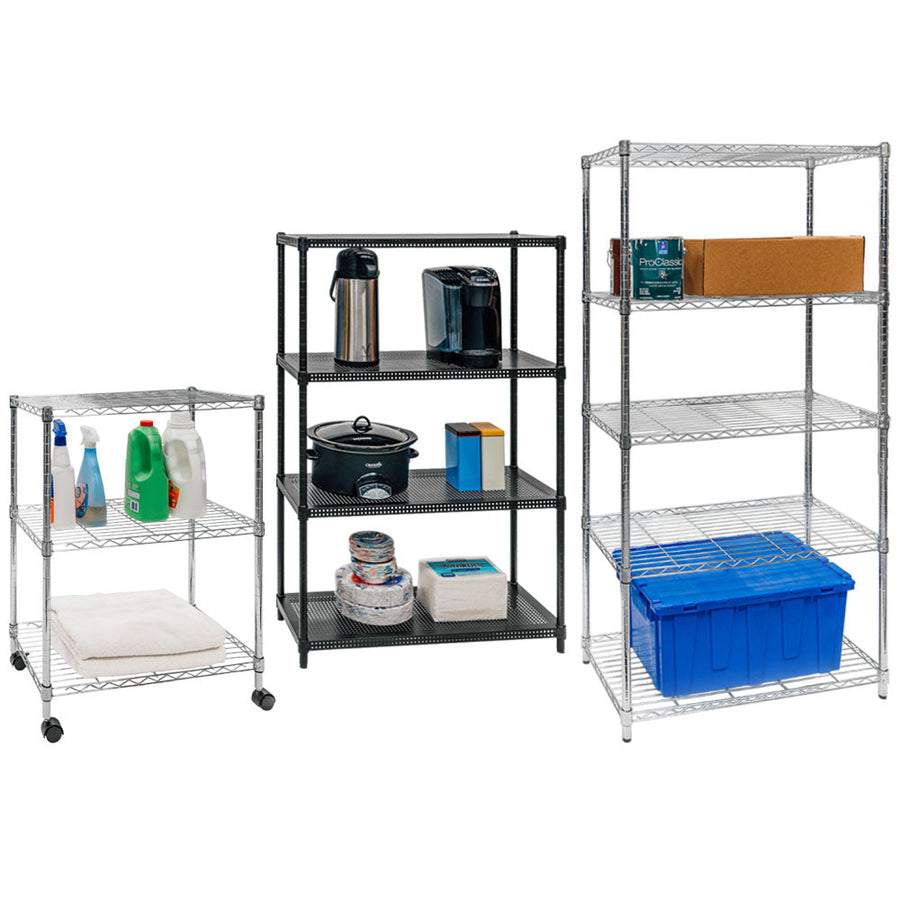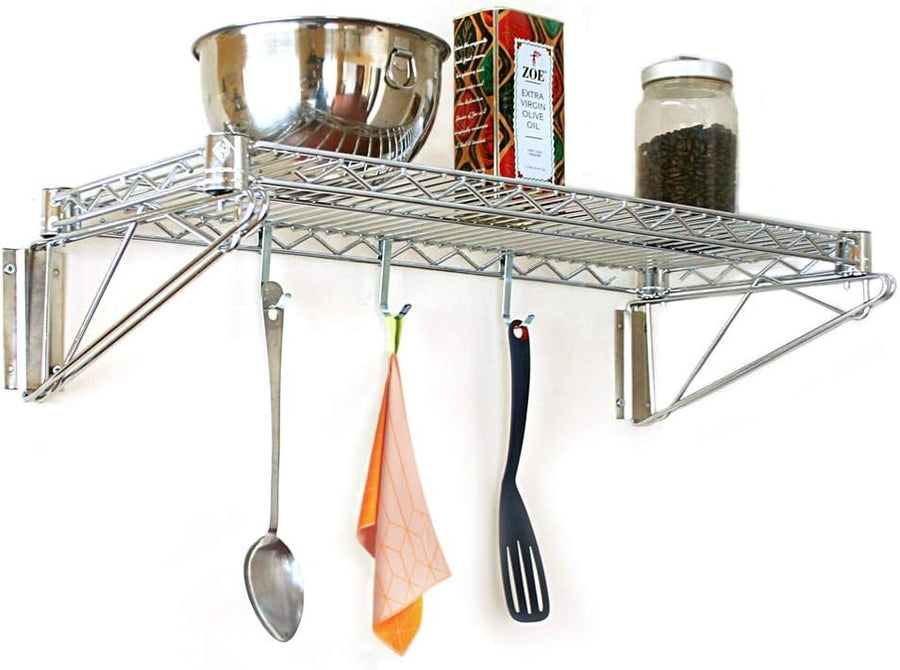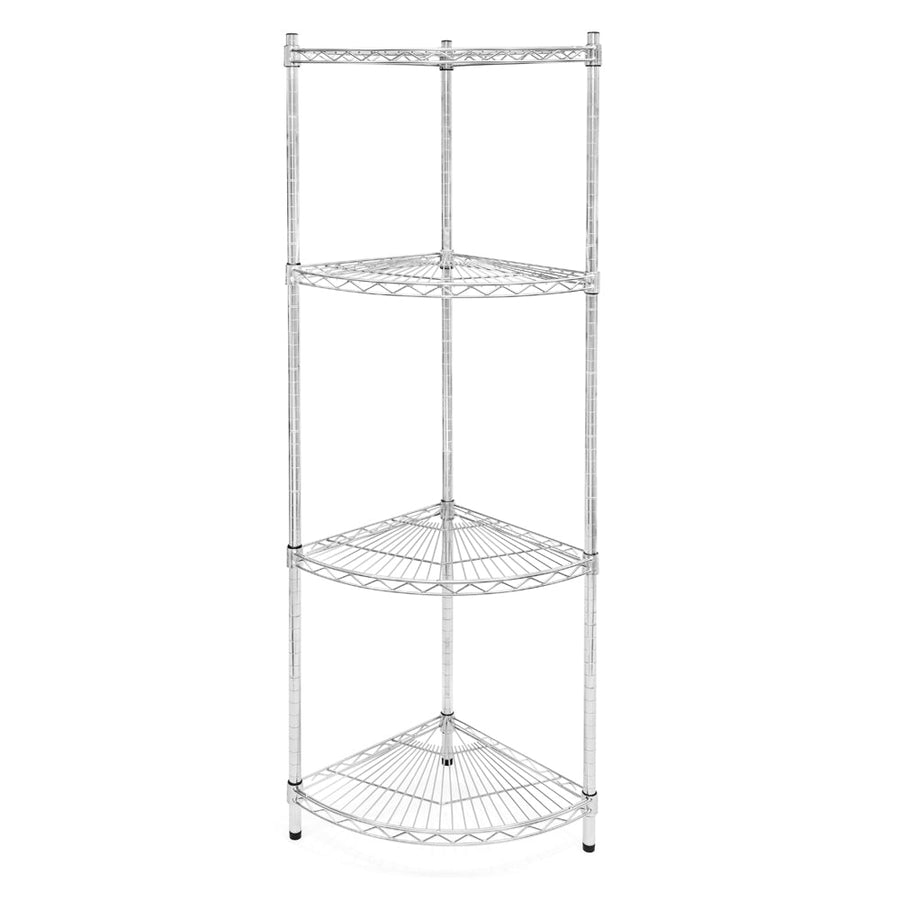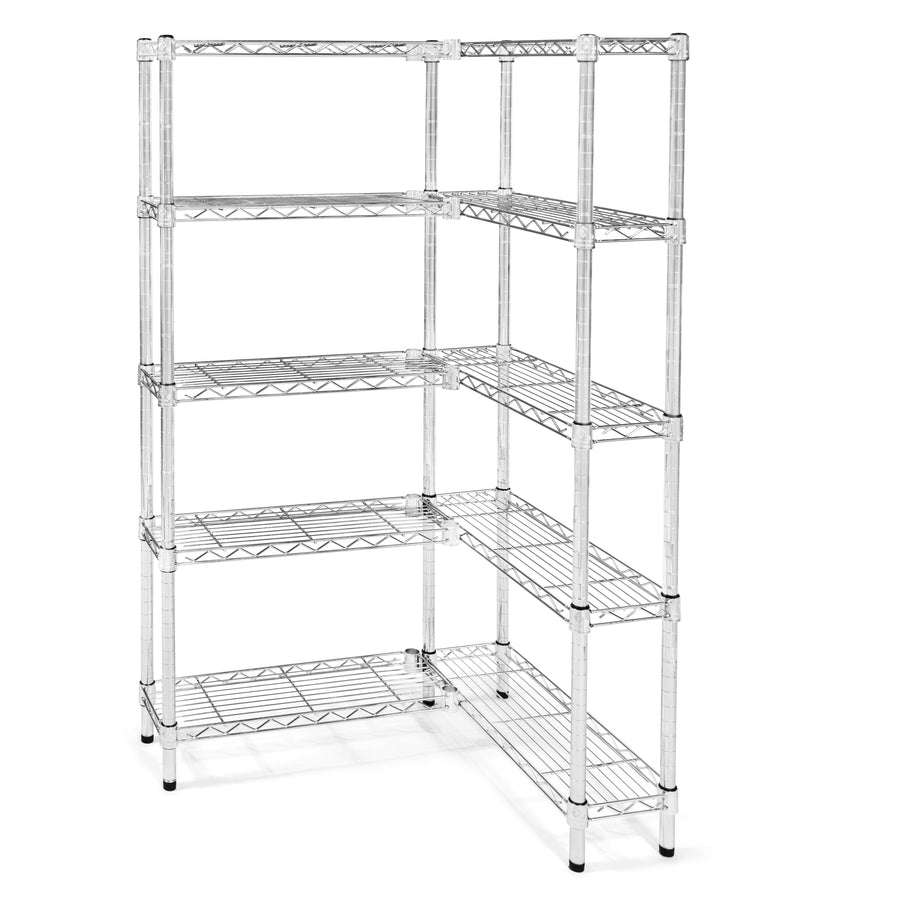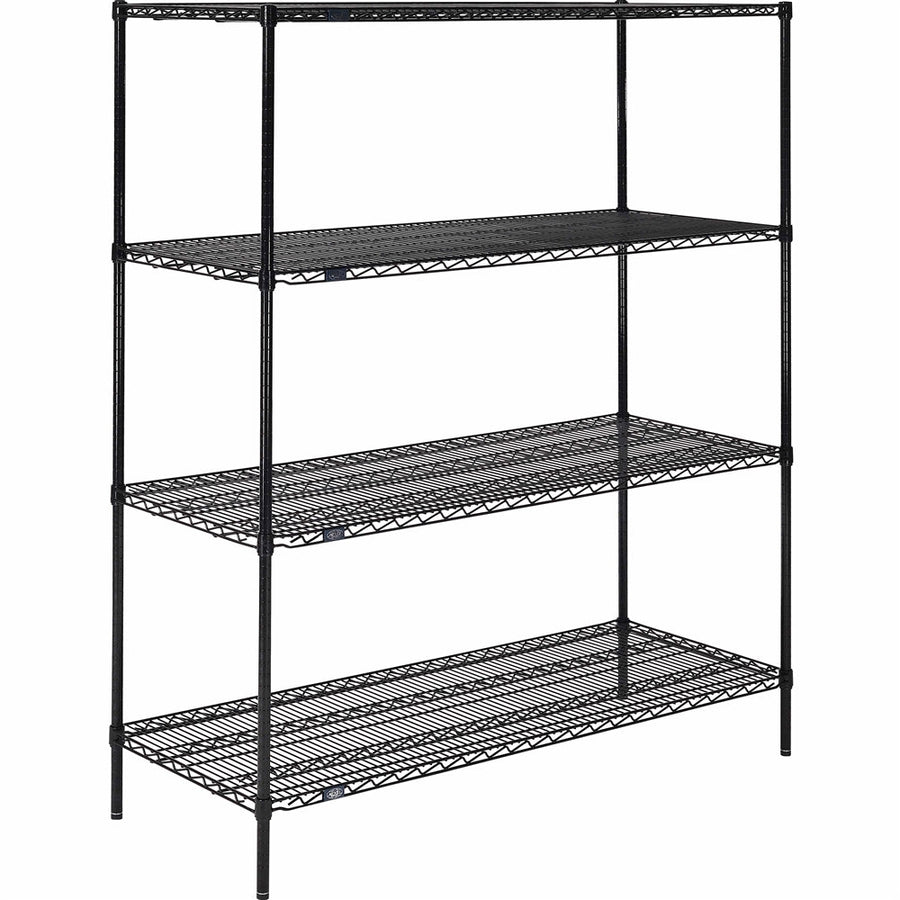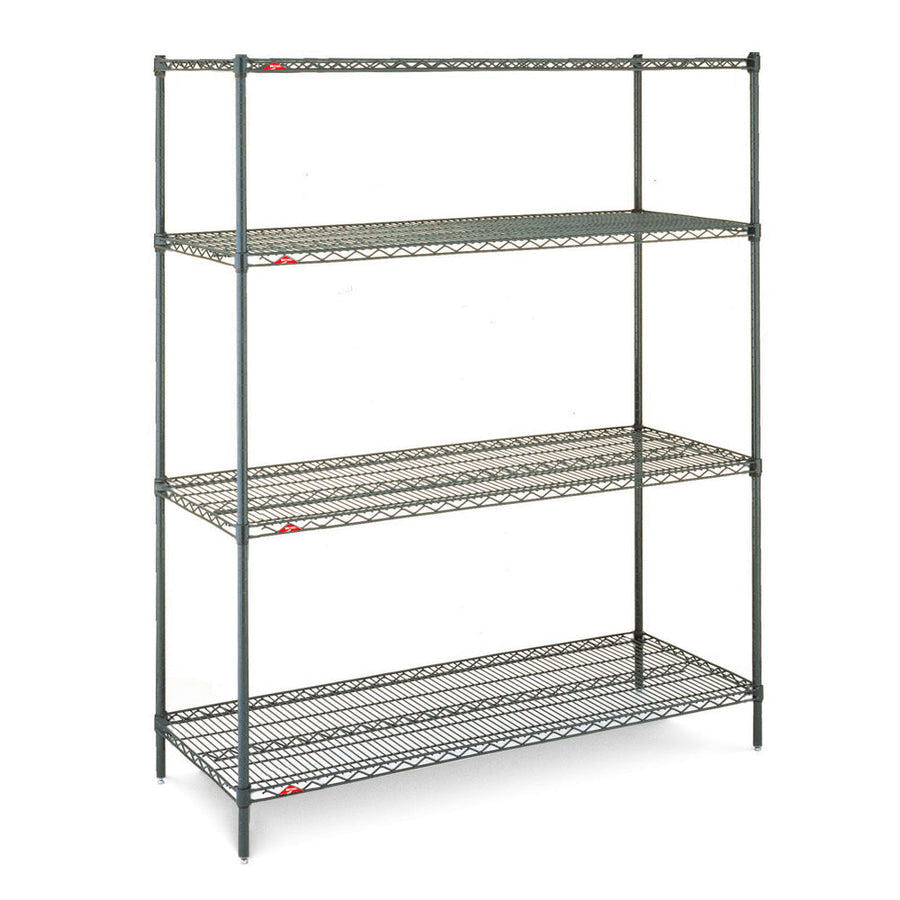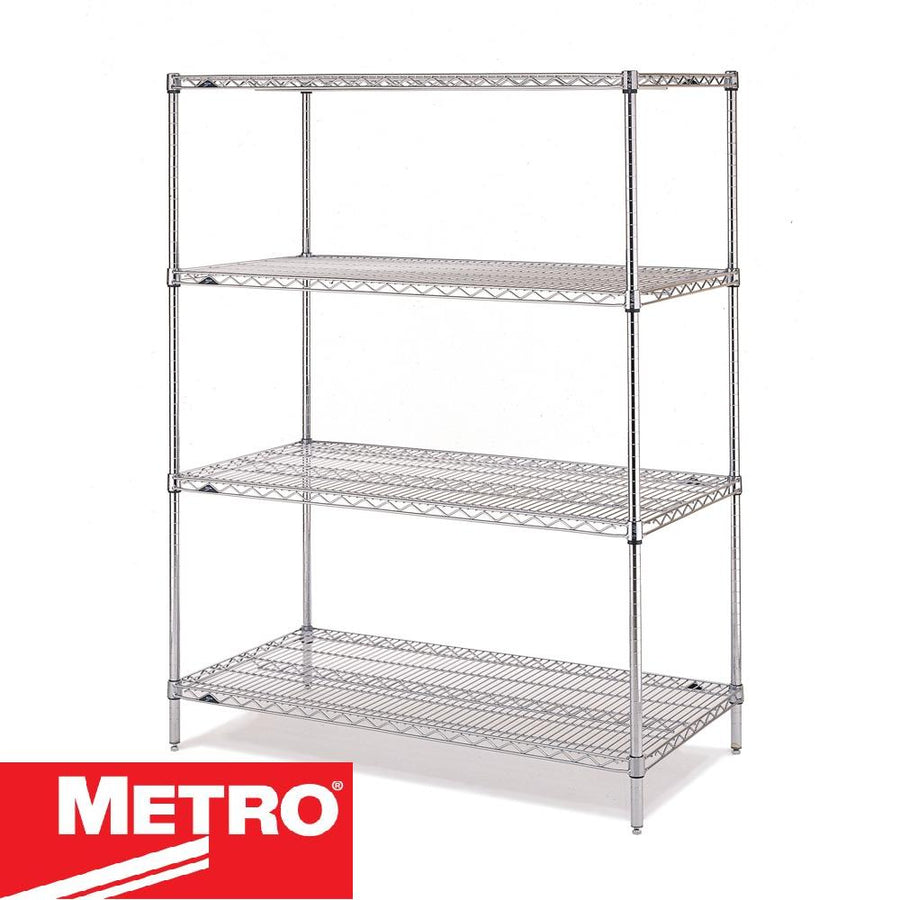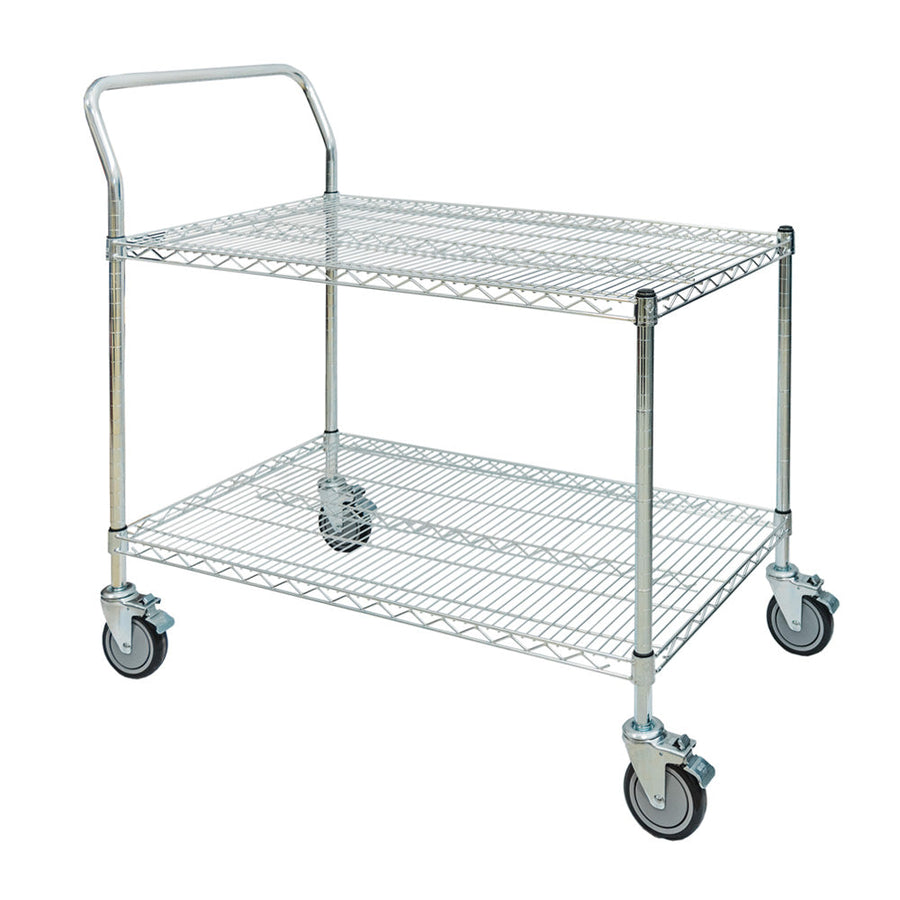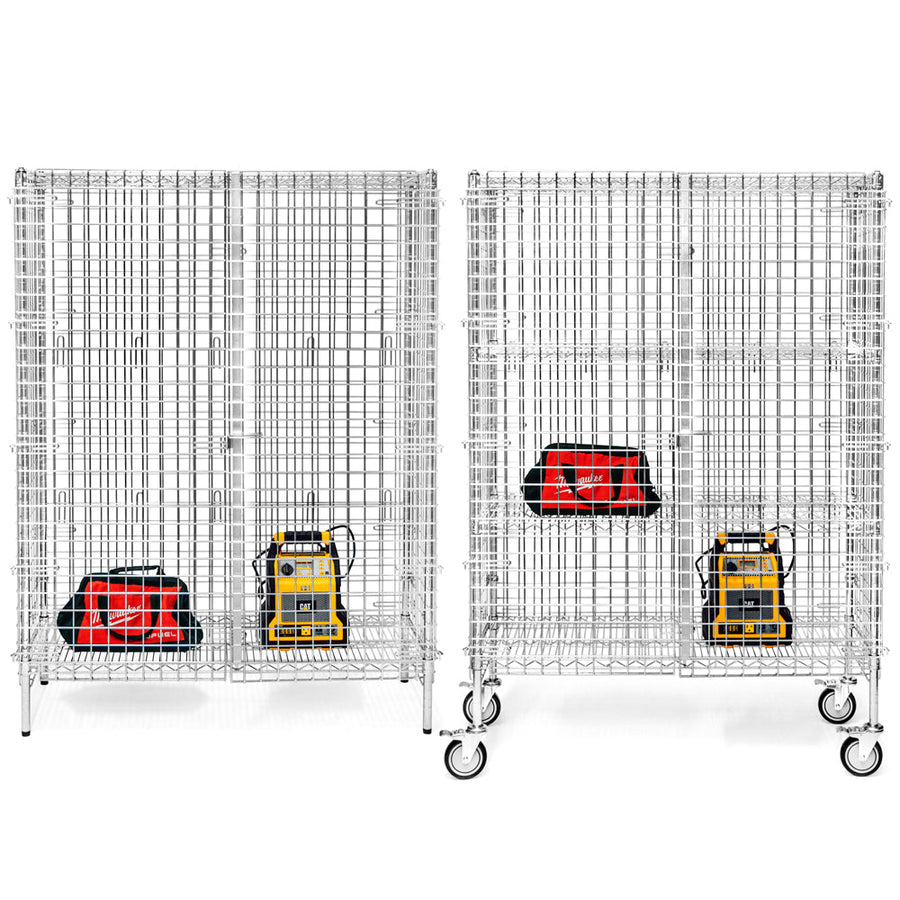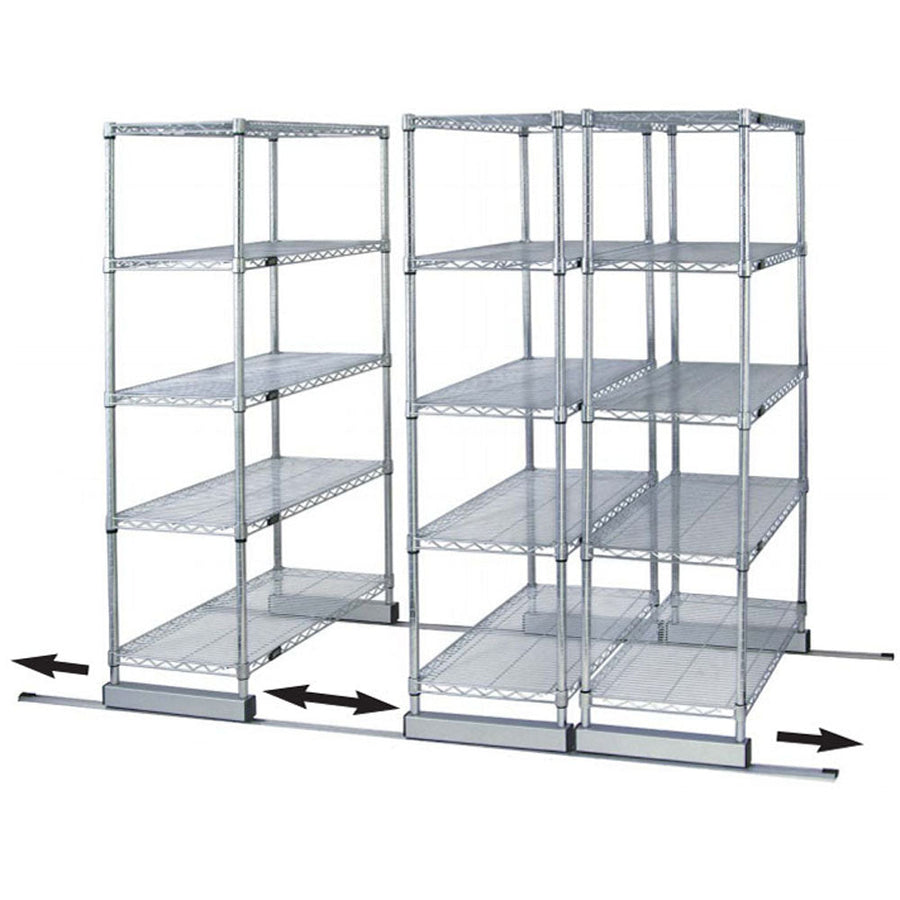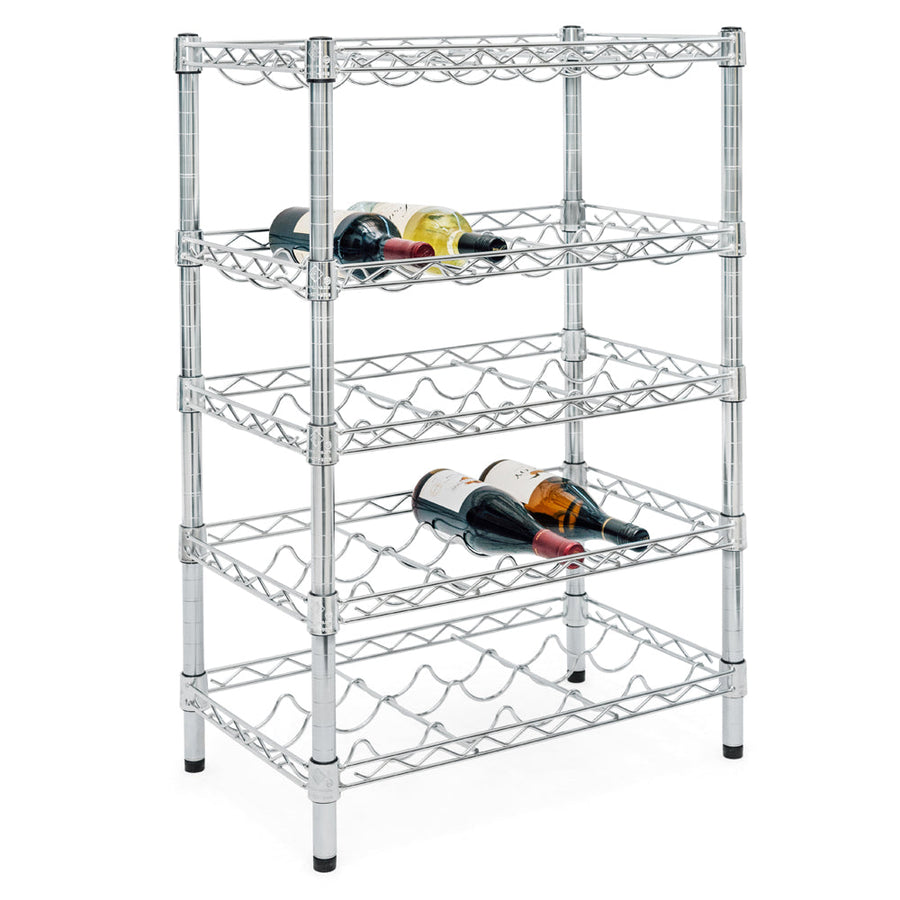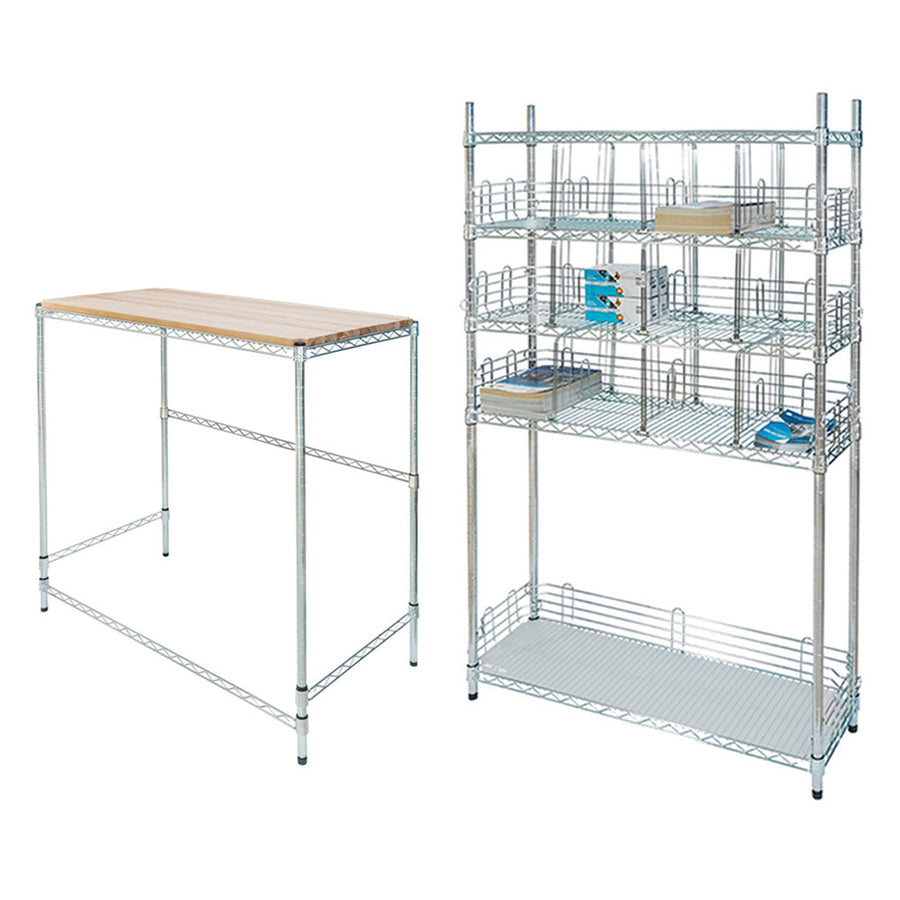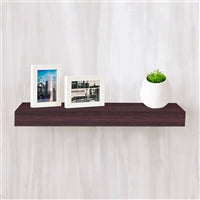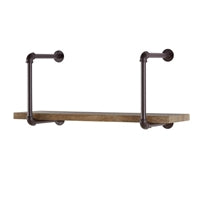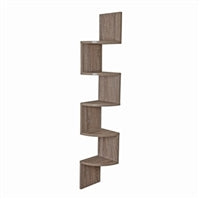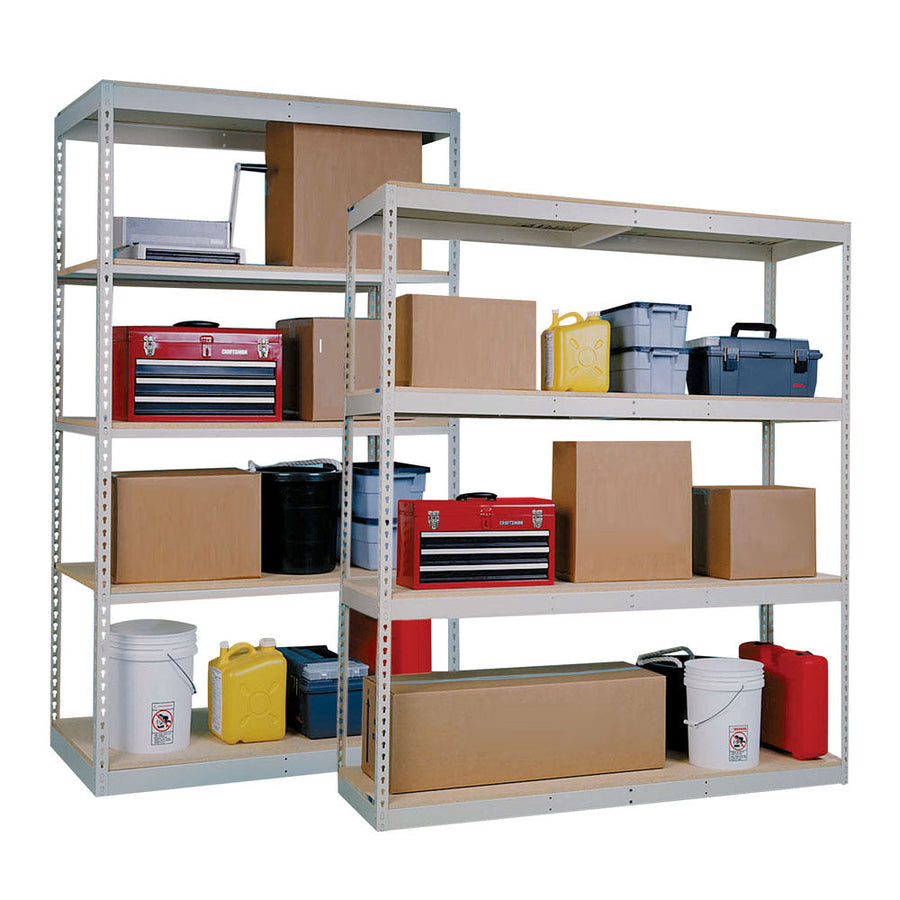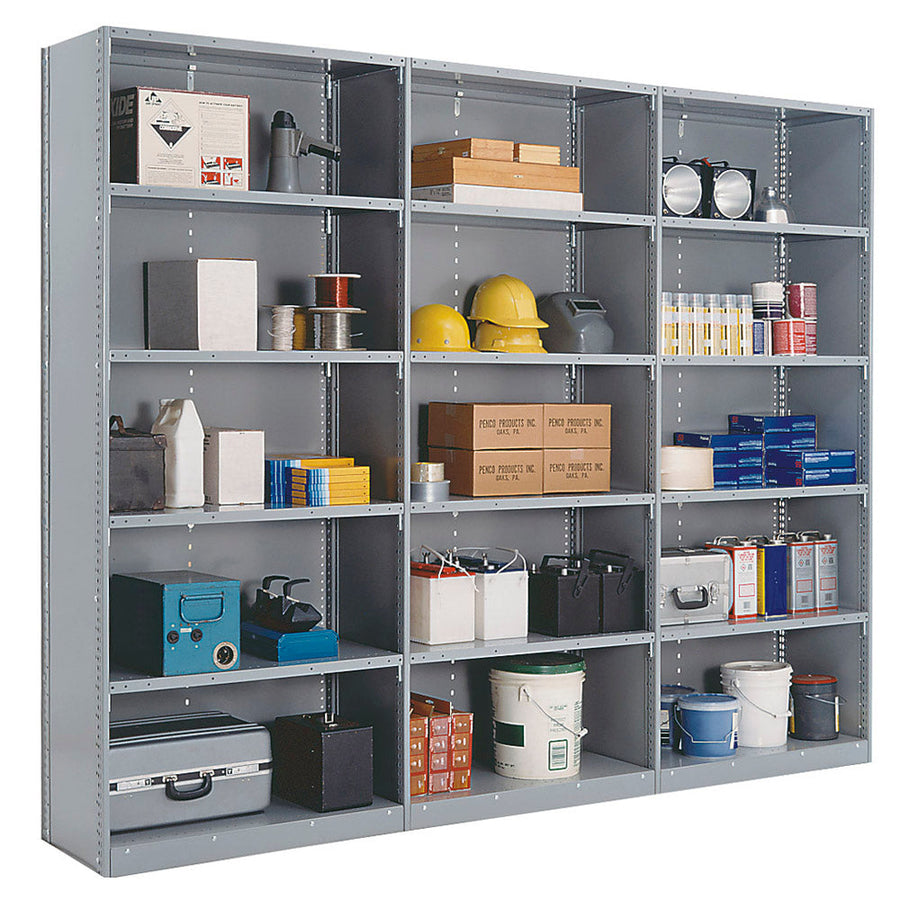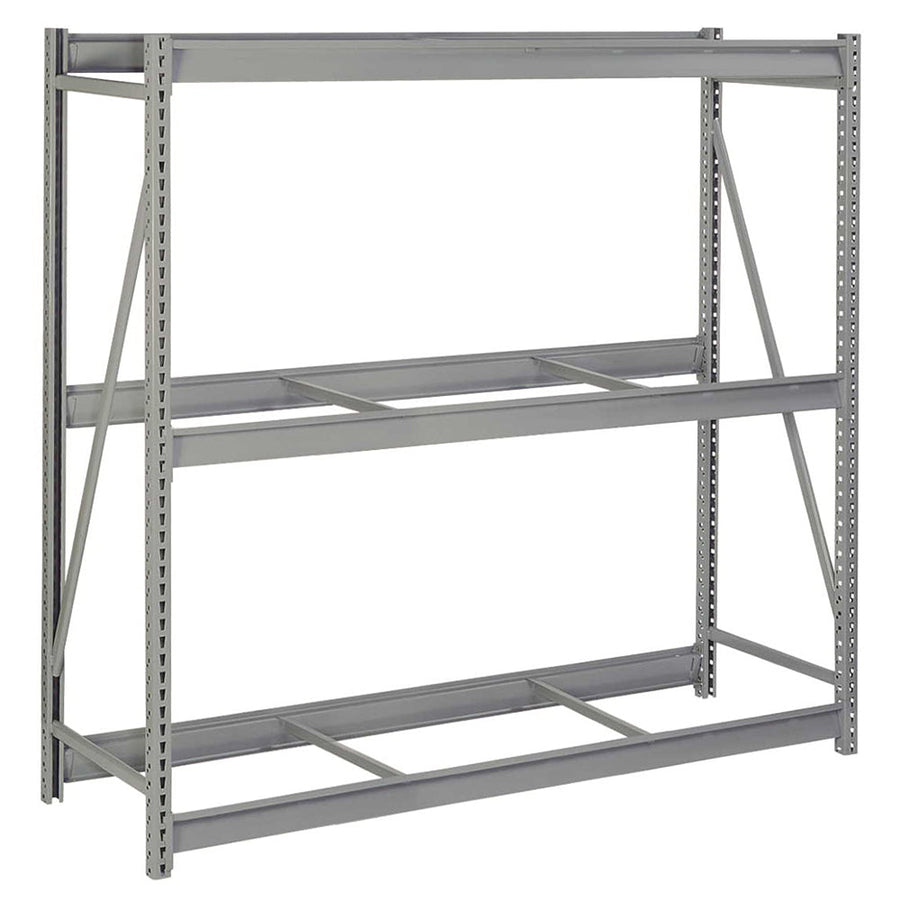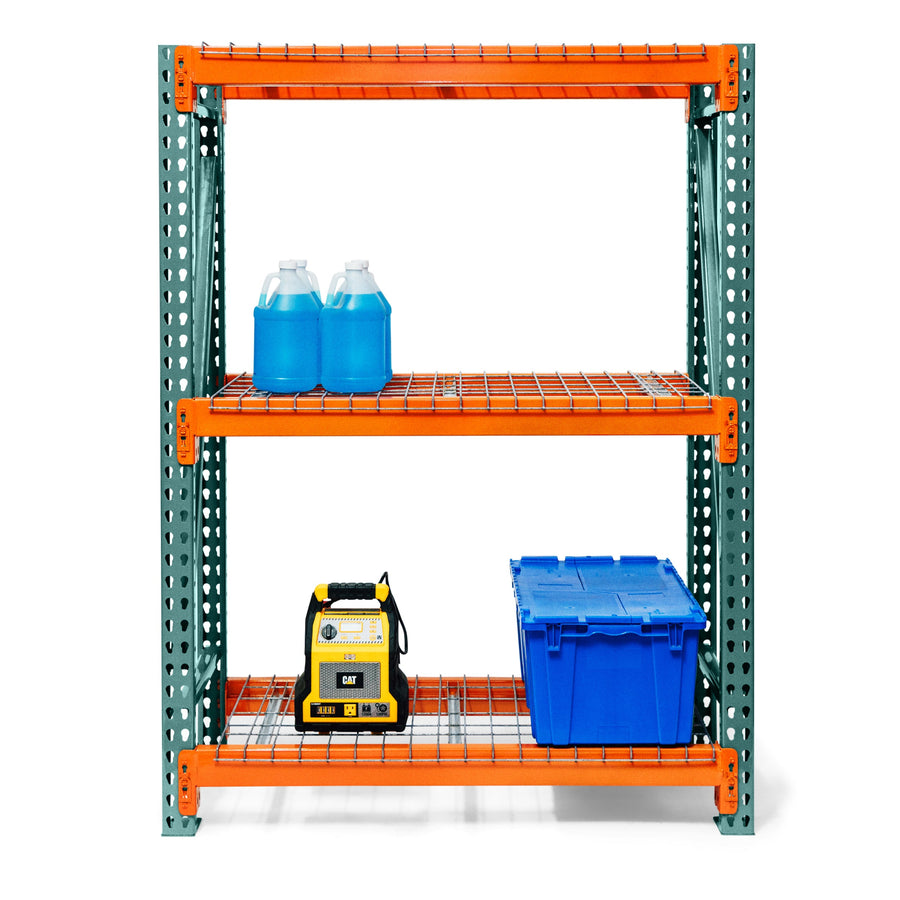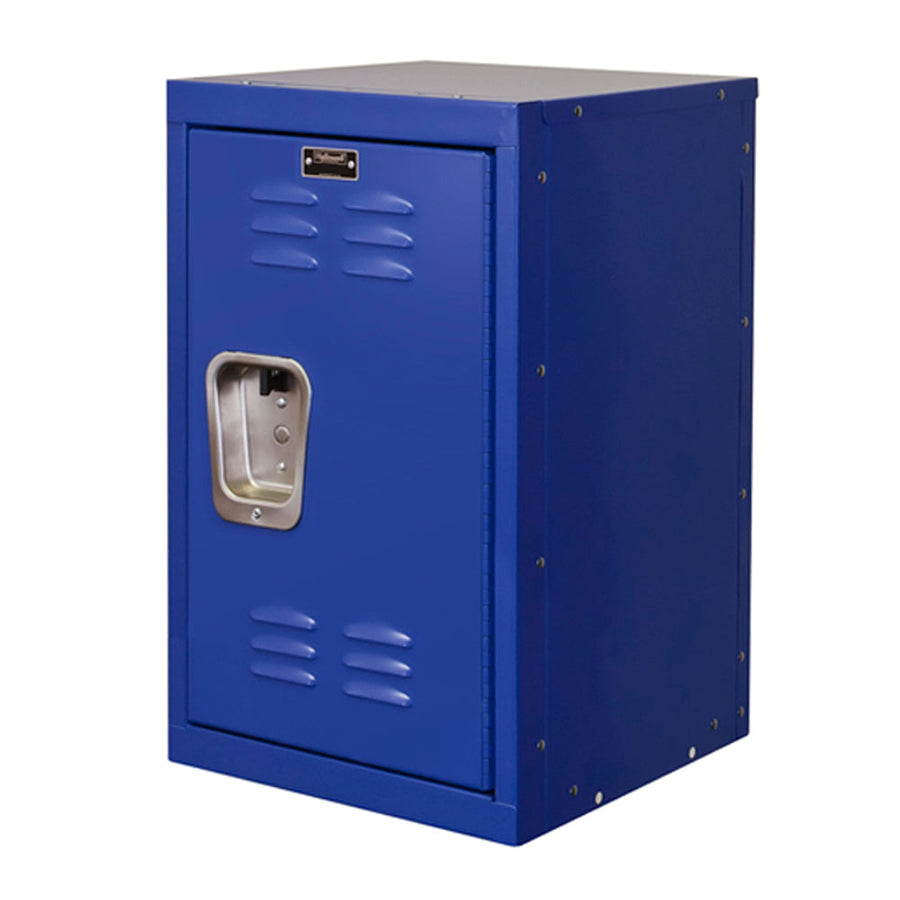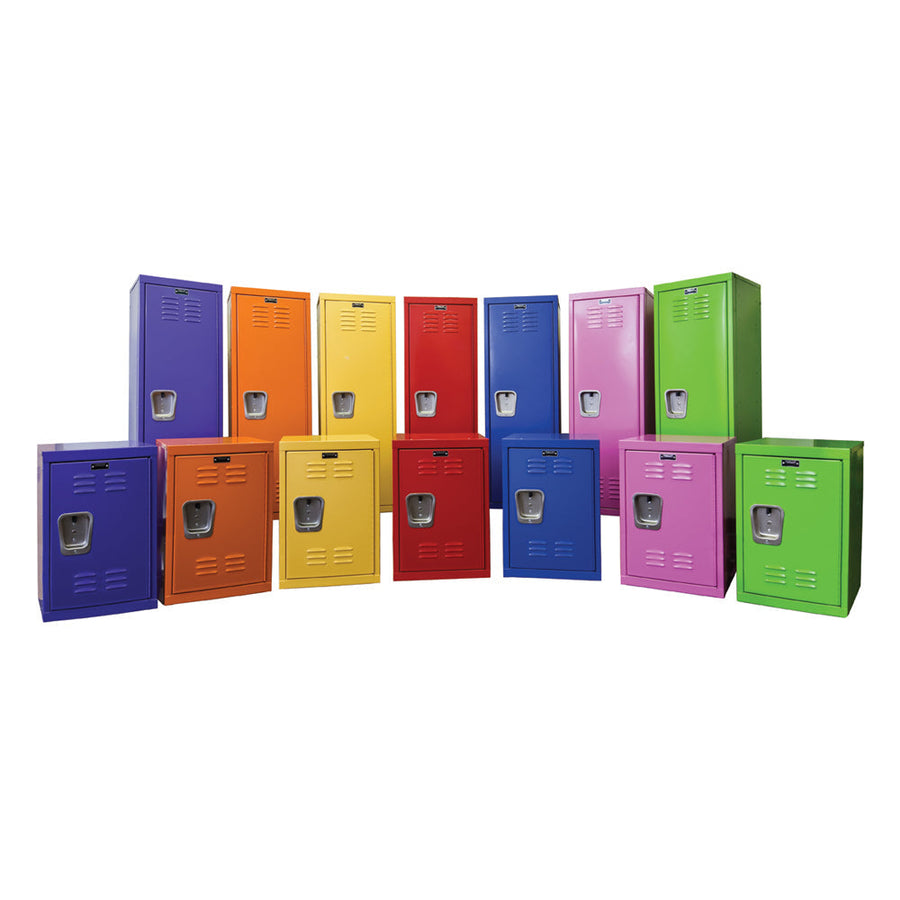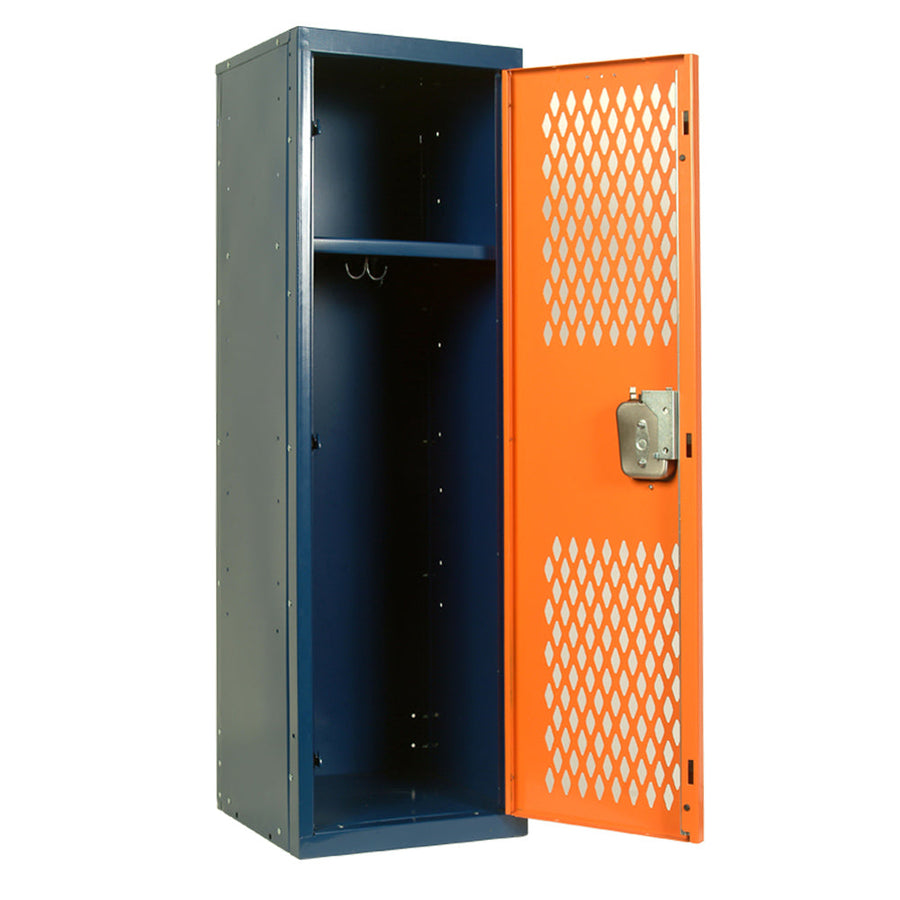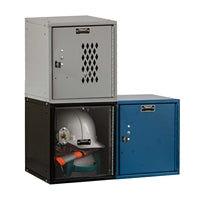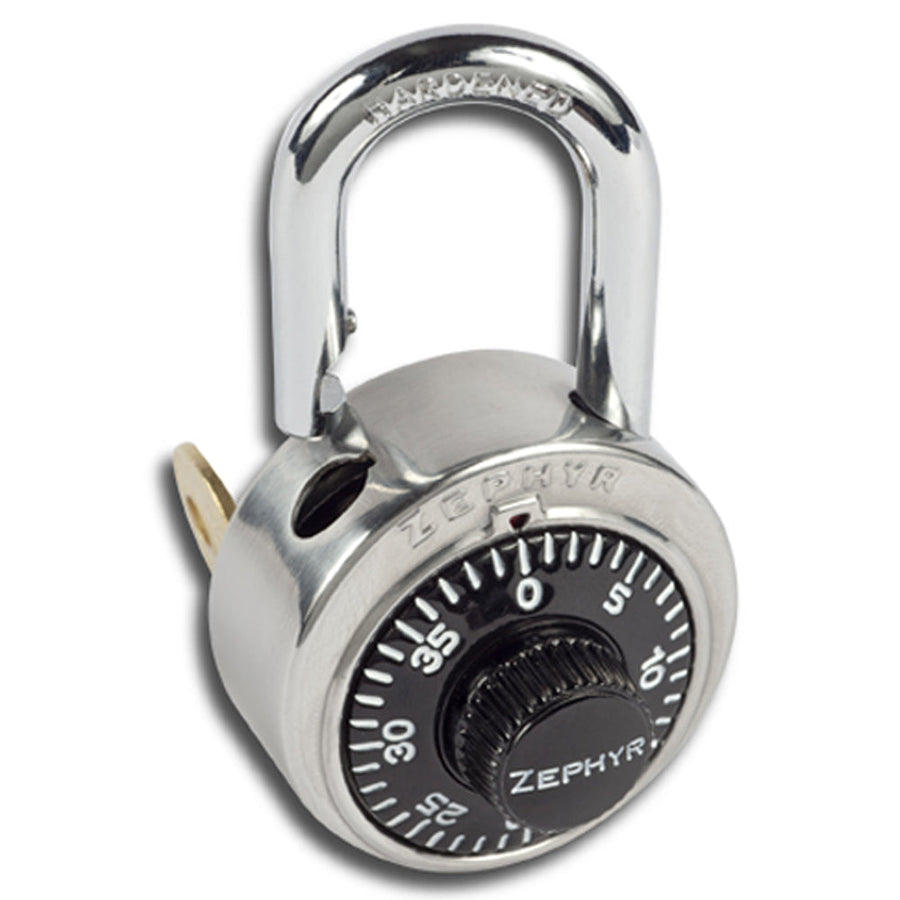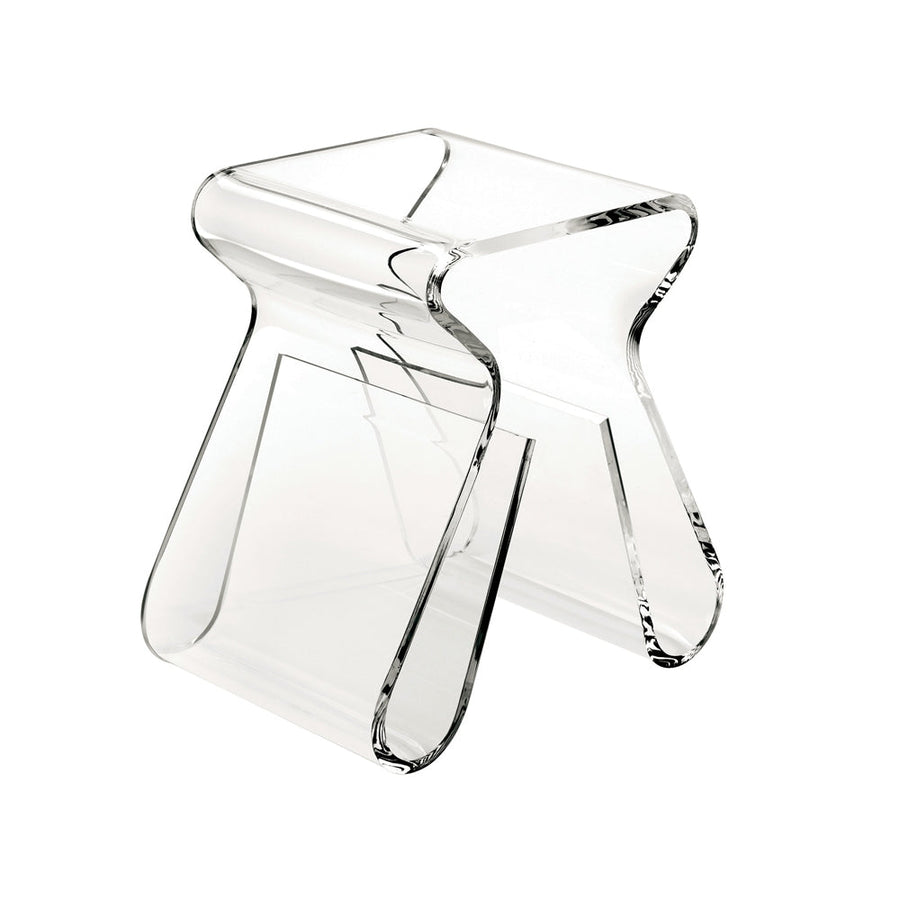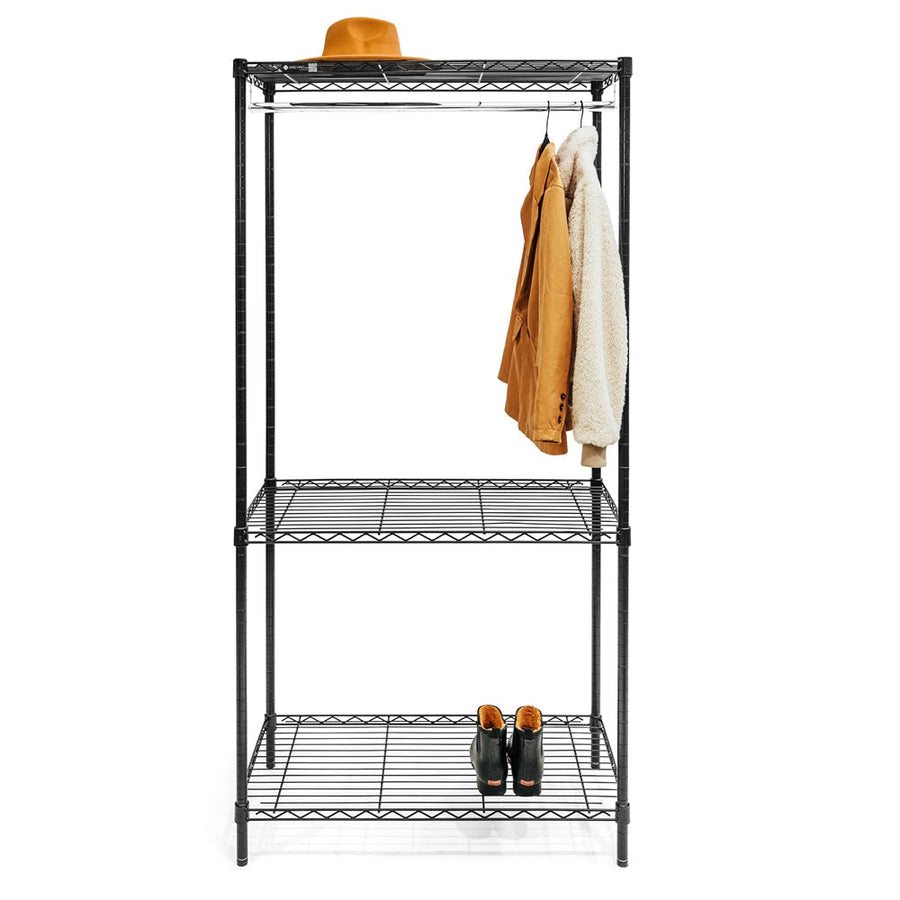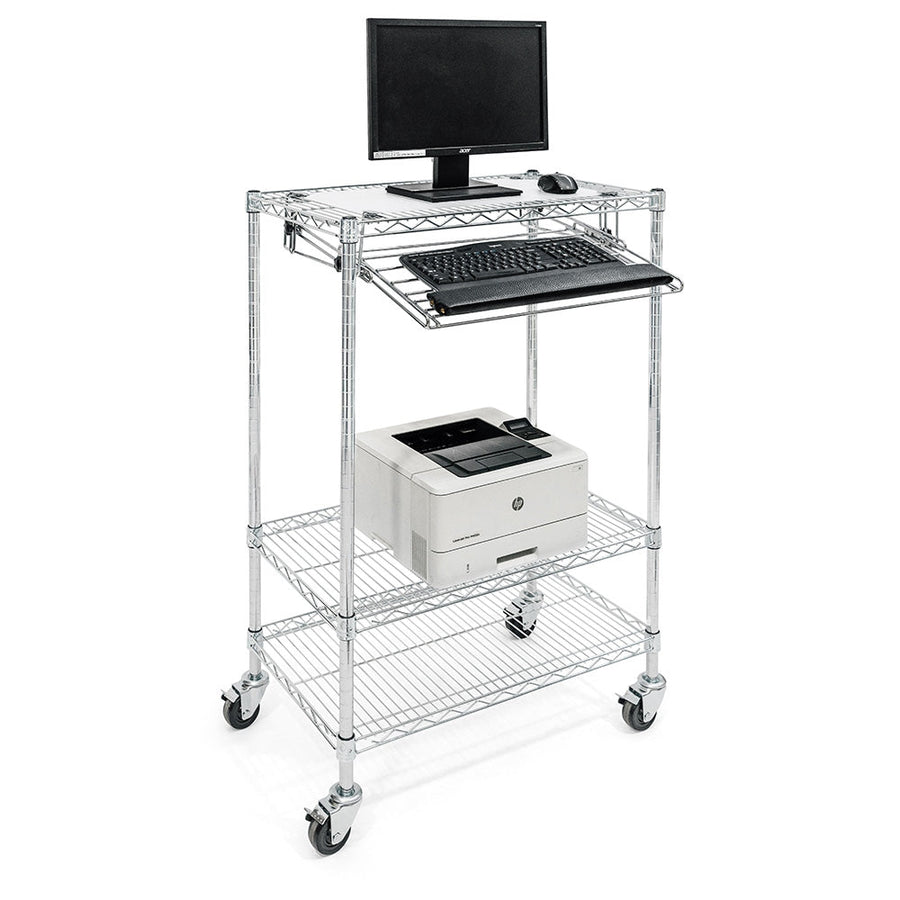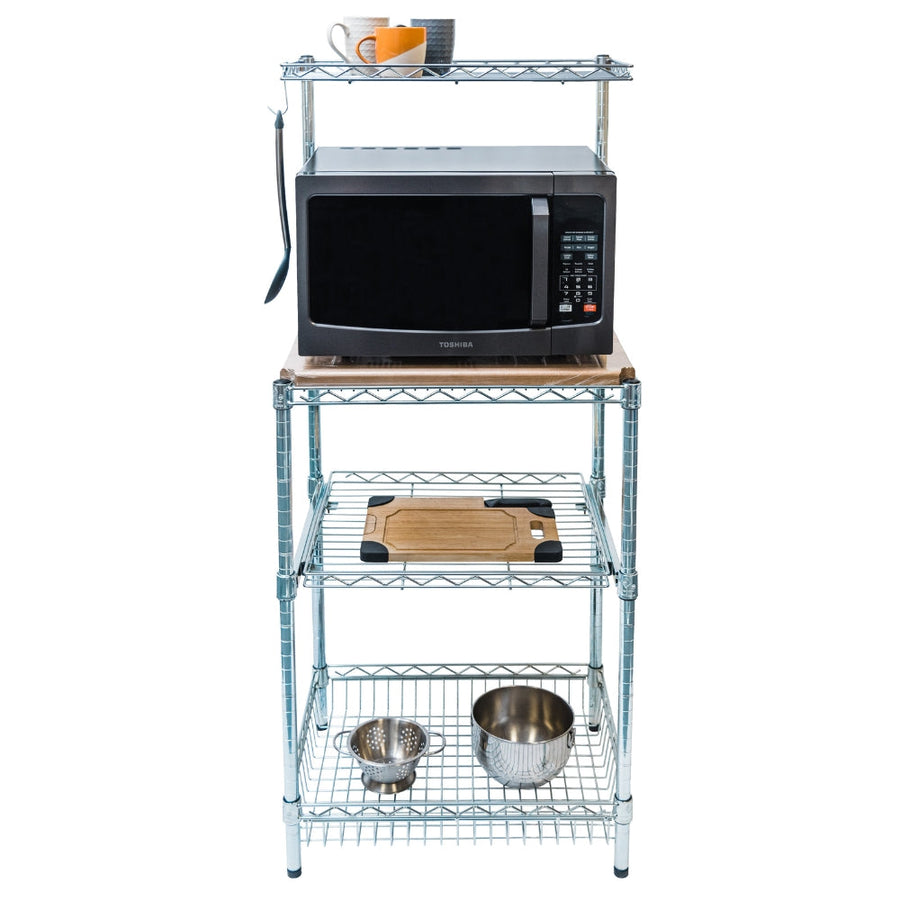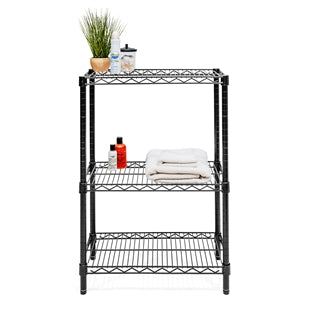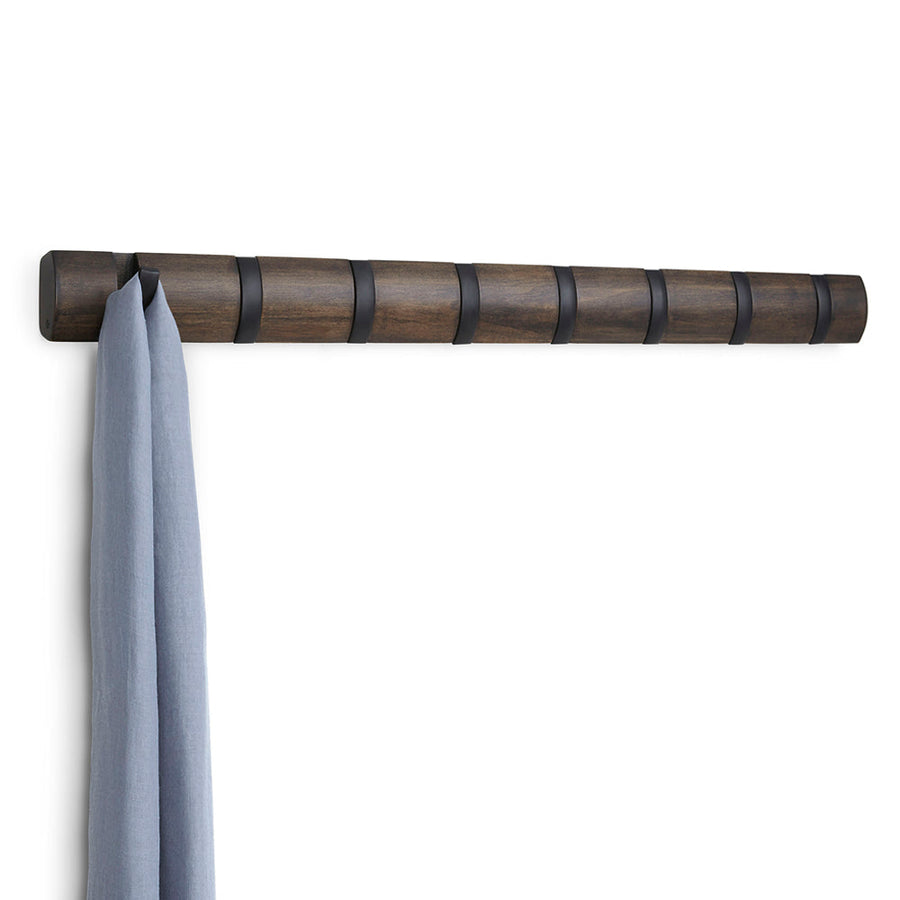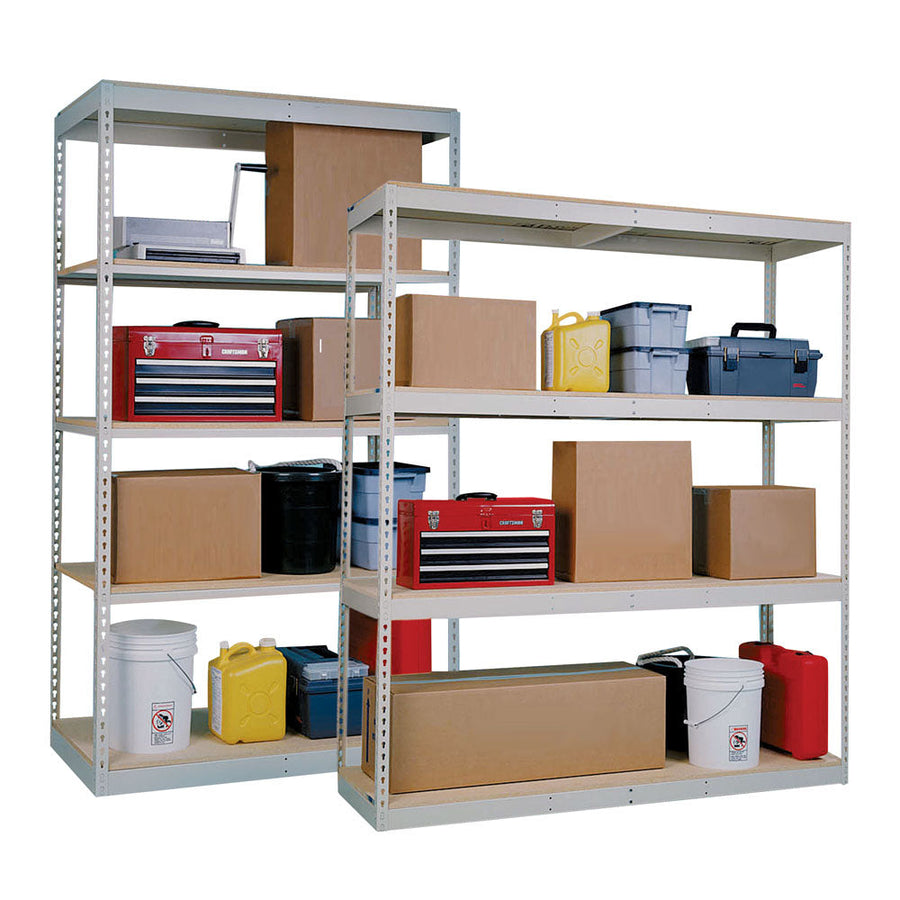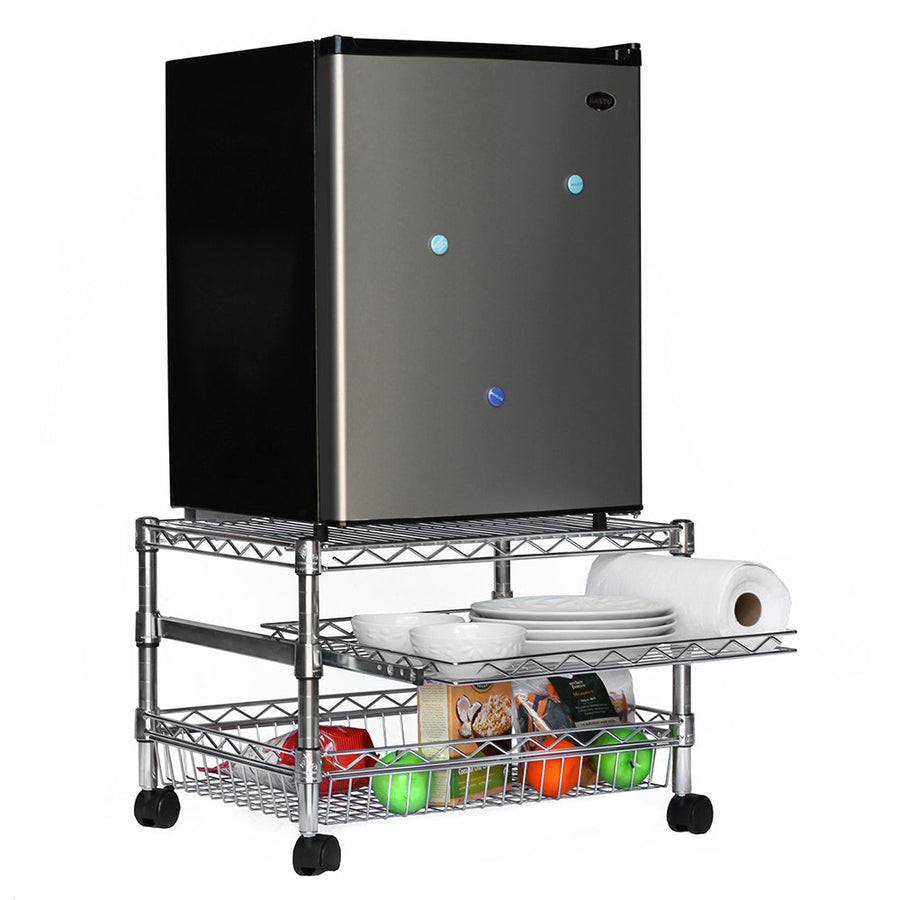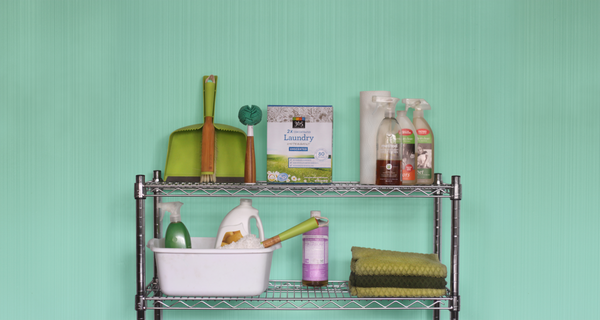Think back to your parent’s house growing up; specifically to the TV they had in the living room.
It was probably some giant plastic thing, maybe with faux woodgrain, that weighed more than your kid sister and took a second to warm up in the morning after you heard that ‘pkang!’ sound. Not really something you’d want in the house now right?
Luckily those days are long behind us thanks to the proliferation of flat-screen TVs over the past 15 years or so. TVs are all at once bigger and easier to transport than they used to be, and it’s much easier (and cheaper) to have multiple TVs in your house, all synced up to your Hulu account and broadcasting in glorious HD.
Of course, this has given rise to a new kind of debate over TV usage in the house: should you mount it on the wall or keep it on a TV stand? Here’s where we’re standing on the issue (pun sort of intended):
Wall Mounts
You’ve probably seen them at a friend’s place or on display at the local big-box electronics store, and with reason. When TVs started getting smaller, people quickly looked to ways to display and store them more easily than you used to be able to with the bulkier models of the past, and the wall mount was one of the first innovations we received. Designed as a small plate drilled or otherwise anchored into the wall to keep the TV upright, this became a popular solution for bedrooms and living rooms alike.
Pros:
- Easier to install than you may think
- Provides a modern ‘minimalist’ look to any room its installed in
- Perfect for rooms without a ton of extra room for living room furniture
- Prevents kids or pets from knocking the TV over
- Potentially fragile—many larger TVs cannot be supported by wall mounts due to their weight and size
- No room for extra organization
- Needs to be measured carefully to ensure the TV is hung at a natural “sight line” and may require repositioning
- No way to organize cables
- Can be coordinated with the rest of your living room for a more decorative look
- Provides storage space for video game systems, sound equipment, cable boxes, and more
- Better cable organization to provide a more ‘streamlined’ look
- No permanent modifications needed (drilling, etc) to make it better for renters or anyone less handy
- Limited viewing angle, dependent on where the stand was placed
- May not work as well in areas with smaller space

